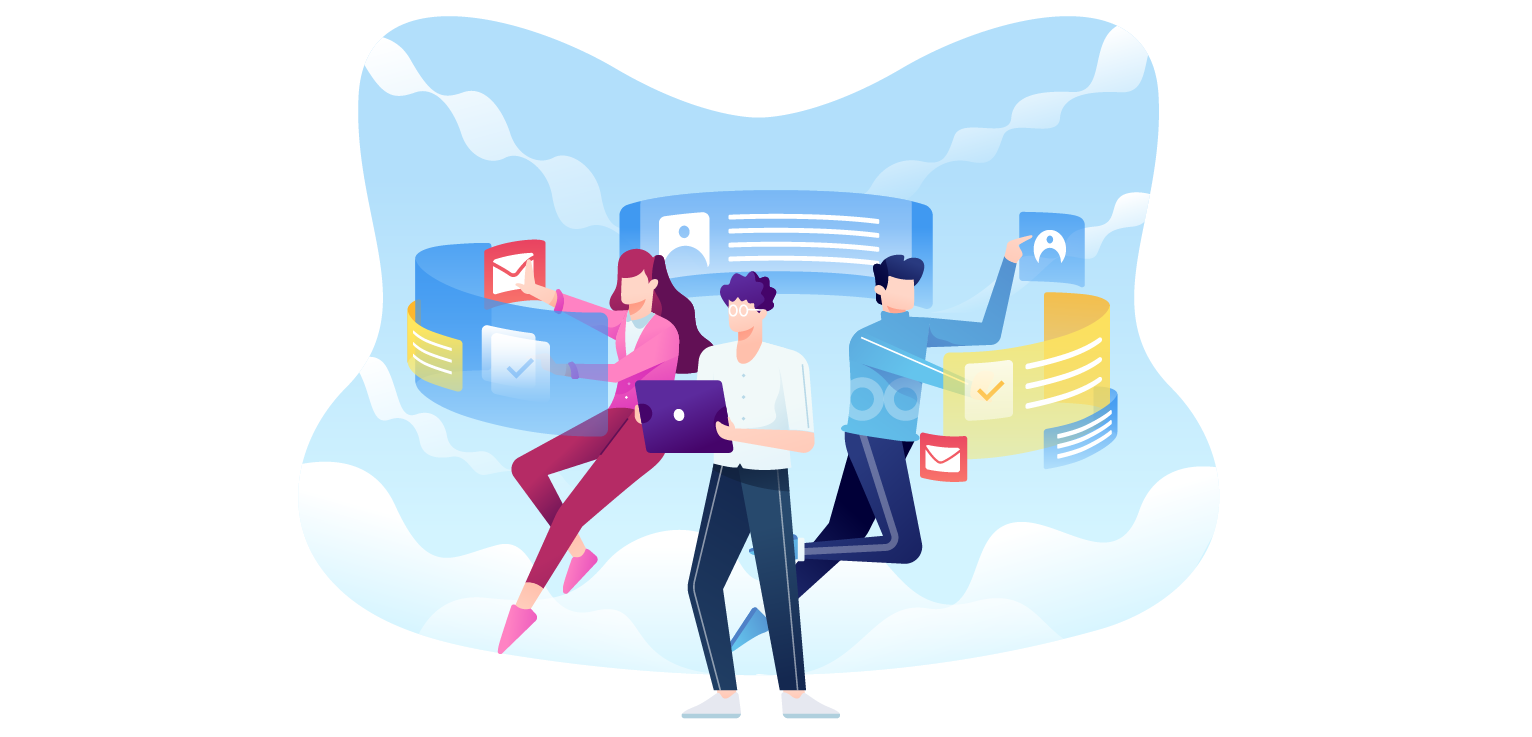Top performing sales and marketing teams rely on event-based automations to increase their productivity. Sales automation statistics show that by reaching out to prospects when they are engaged, sales and marketing teams can increase their chances of converting leads into customers.
Product events marketing automation is a process by which specific actions or events trigger an automated response. In sales and marketing, this usually refers to the automatic sending of emails or other communications in response to a prospect’s engagement with a website or other online resource.
There are many different types of event-driven automations, each with its own benefits and uses. Here we will explore what event-based automation is, how it works, and how you can get started using them in your own sales and marketing efforts.
- What is Event-Based Automation?
- How Does Event-Based Automation Work?
- How Do I Get the Most Out of Event-Based Automation?
What is Product Events Marketing Automation?
Event-based automation is a powerful tool that can help your sales and marketing team stay on top of their prospects. By setting up event-driven triggers, you can automatically reach out to prospects at the exact moment they are engaged and interested in what you have to offer.
When it comes to event-based automation, the possibilities are virtually endless. From a simple email message to a complex sequence of engagements, you can tailor a sales automation strategy that best suits your team’s needs.
The most important part is setting up the triggers that will initiate the automated process. When someone takes an action (ie, the “event”) that is relevant to your business, like downloading a white paper or visiting a certain web page, the trigger will be set off and a pre-defined sequence of engagements can begin. This can include a series of marketing emails, SMS messages, scheduled phone calls, or even personalized promotional materials.

How Does Product Events Marketing Automation Work?
At the heart of event-based automation is a trigger that sets off an automated process. This trigger could be anything from a user signing up for your newsletter to completing an online purchase. Once the trigger has been set, you can then define what sequence of engagements will follow. For example, when someone subscribes to your newsletter, you can send them a welcome email, followed by promotional materials related to their interests.
These automation workflows are generally powered by software programs, such as Zapier, that rely on webhooks (aka reverse API or web callbacks) to enable various applications to speak to one another. This is how a customer taking an action on your website (let’s say, filling out a form) can trigger an SMS being sent to them through your SMS service provider.
The beauty of event-based automation is that it can be tailored to fit any business’s needs. You can create automated processes that are specific to your company, your sales team’s goals, revenue operations as a whole, as well as those of your prospects and customers. By automating the process, you can ensure that each step is carefully monitored and executed, resulting in an efficient workflow and saving your team tons of time.
Call Center Automation
Event-based automation offers call centers an opportunity to streamline their operations and increase productivity. By implementing call center automation strategies, not only can call centers handle incoming call volumes more efficiently and quickly, but they also have the ability to invest time and resources into other areas that can benefit callers in the long run.
Automated call center tools are capable of managing inbound call routing, lowering abandon rates, delivering service-level agreements satisfaction, offering improved customer experiences, improving reporting accuracy and providing call monitoring solutions with no additional staff or equipment. Ultimately, when properly utilized, automation technologies can contribute greatly to the overall efficiency of a call center’s operations.

How Do I Get the Most Out of Product Events Marketing Automation?
While it may seem fairly straightforward, there are some best practices to keep in mind when setting up new event-based automations.
- Precision is key: One of the most important tips for getting the most out of event-based sales automation is to make sure your triggers are as specific as possible. The more precise you can be, the better. For example, if someone downloads a product guide from your website, you may want to add an additional trigger that will only kick off when they reach a certain page in the guide.
- Consider the customer journey: There are many opportunities to employ event-based automations along the customer journey, so it’s important to consider which stage of the customer lifecycle you’re targeting in order to ensure that your sales and marketing activities are aligned with customer expectations.
- Segment wisely: Once you have identified which triggers to use, it’s also important to segment your contacts based on their interests and actions. This will allow you to create targeted marketing automation workflows tailored just for them.
- Test, test, test: Don’t forget to test out your event-based automation to make sure it’s working as expected. This is especially important when setting up workflows that involve multiple applications, time-specific events, or many triggers.
- Don’t be afraid to ask for help: Event-based automation can seem daunting at first, but don’t be afraid to ask for help from the experts. At Kixie, we offer our clients free, in-house solutions engineering to help you set up any custom sales workflow automation (ie, auto-SMS, auto-calls, email workflows, etc.).
In Summary…
- Event-based automations can be used to trigger sales and marketing activities based on customer interactions with your website or product.
- By relying on webhooks, event-based automations can streamline your sales and marketing processes and ensure no lead or customer slips through the cracks.
- When using event-based automation, it is important to consider the customer journey and the customer lifecycle, in order to ensure that your outreach attempts are aligned with customer expectations.
Hopefully after reading this article, you have a better understanding of event-based automations and how they can help increase the efficiency and effectiveness of your sales and marketing campaigns. If you have questions about a specific use-case, or have an event-based automation in mind that you’d like help implementing, feel free to setup a demo with our team to see if it’s possible with Kixie (and the many integrations we have with other software apps).



